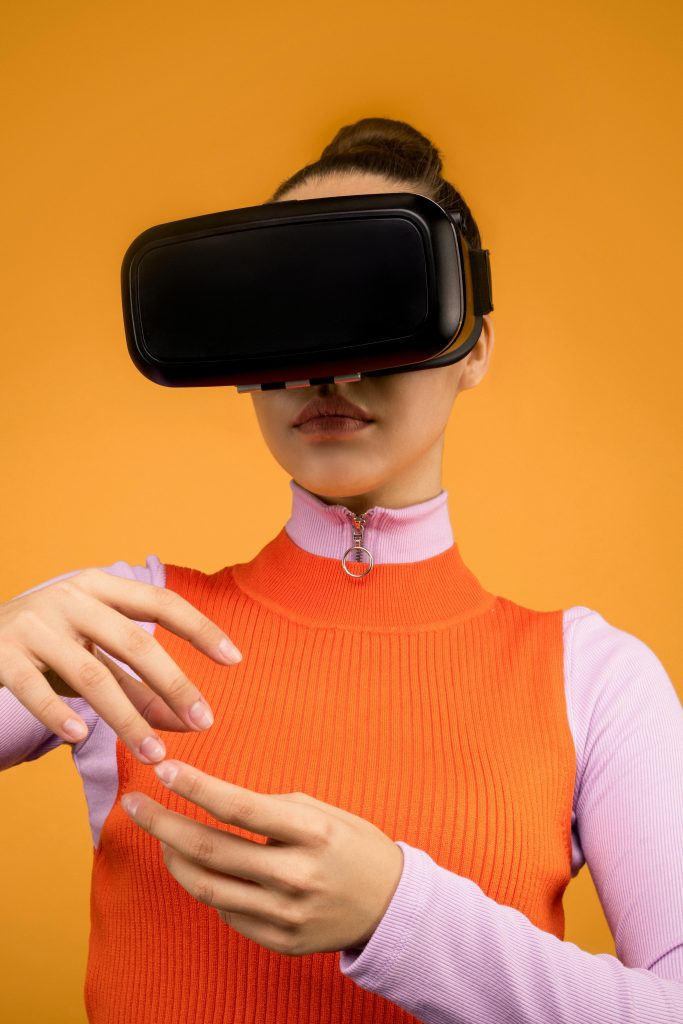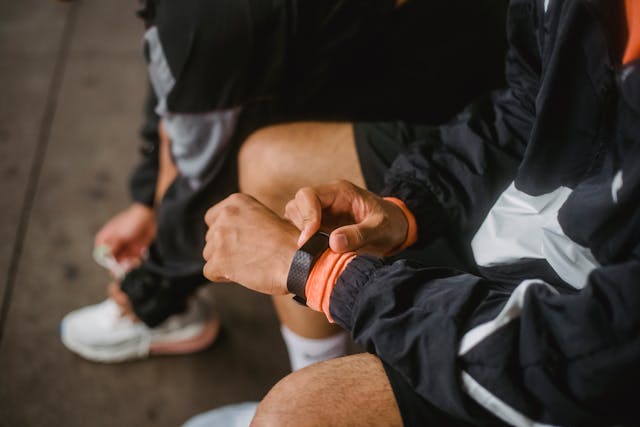Wearable Technology: Transforming Health, Style & Life in 2025
Wearable technology—often called wearables—refers to electronic devices designed to be worn on the body, either as clothing, accessories, or even implants. These devices are equipped with sensors, microprocessors, wireless connectivity, and often small user interfaces, enabling them to monitor, collect, process, or transmit data while being worn. Rather than being carried, they are integrated into fabric, jewelry, watches, glasses, or other items that sit on or very near the skin.

How Wearable Technology Works
Wearable Technology gather data through embedded sensors—such as accelerometers, heart‑rate sensors, GPS modules, temperature or motion sensors. They then use onboard processing (or offload to paired devices like smartphones or cloud services) to analyze data. Connectivity (Bluetooth, WiFi, cellular, or other wireless) allows synchronization, alerting or remote monitoring. For many devices, compact power sources (batteries) and design for comfort (flexible materials, light weight) are also key.
Uses / Applications
Wearable technology has a wide array of applications across many fields. Here are some of the main ones:
- Health & Fitness: Monitoring daily activity (steps, calories), tracking sleep quality, heart-rate, blood pressure, ECGs; monitoring chronic conditions; early detection of anomalies. https://plugnnow.online/
- Medical / Healthcare: Continuous patient monitoring, remote care, wearable patches/sensors that transmit data to medical professionals; devices for rehab or alerting emergencies.
- Lifestyle & Convenience: Notifications, reminders, payments, controlling smart home devices, gesture controls, etc
- Entertainment & Immersive Experiences: Virtual reality (VR) headsets; augmented reality (AR) glasses; haptic feedback devices for gaming or multimedia.
- Workplace / Industrial / Safety: Devices used in hazardous environments (detecting toxic gases or dangerous conditions), wearables for improving worker safety, for training, or for hands‑free displays in manufacturing or logistics.
- Fashion & Smart Clothing: Clothing or accessories that incorporate tech, for instance embedded sensors (for health or movement), fabrics that change properties, or jewelry that doubles up as a tech device.

Wearable Technology
Benefits and Challenges
While wearable technology offers many benefits, there are also some challenges to consider:
Benefits
- Real‑time monitoring and feedback
- Improved convenience and hands‑free functionality
- Potential for preventive health measures and early detection
- Enhanced user engagement and data‑driven insights
Challenges
- Privacy and data security risks (biometric or health data is sensitive) TechTarget+1
- Battery life and power constraints
- Accuracy and reliability of sensors, especially in real‑world conditions
- Cost and accessibility for many users
Applications of Wearable Technology
- Healthcare & Medical Monitoring: Wearables can continuously track vital signs like heart rate, blood pressure, ECG, and glucose levels. They help in early detection of health issues, remote monitoring of patients, and managing chronic conditions.
- Fitness & Sports: Devices like fitness trackers and smartwatches measure steps, calories, sleep quality, pace, distance. Athletes use them to optimize training, prevent injuries by monitoring movement patterns, and enhance performance.
- Workplace Safety & Industrial Use: Workers in hazardous environments use wearables that monitor environmental conditions (e.g. temperature, gas exposure), detect fatigue, and provide alerts. Smart glasses or displays help hands‑free access to instructions or data, improving productivity.
- Lifestyle & Convenience: Smartwatches or smart rings can receive notifications, make payments, control smart devices (lights, home appliances), and reduce dependency on carrying phones.
- Entertainment & Immersive Media: Virtual Reality (VR) headsets and Augmented Reality (AR) glasses create immersive learning, gaming, or entertainment experiences. Haptic suits or audio wearables enhance experience in gaming or multimedia.
- Fashion & Smart Clothing: Clothing with integrated sensors can track posture, body temperature or adapt to conditions. Smart fabrics may also change color, or display LED light for style or safety (e.g. visibility while cycling).
- Military & Defense: Wearables are used for monitoring soldiers’ health, providing situational awareness, navigation, communication, and protective gear embedded with sensors for environment detection.
- Retail & Customer Experience: Wearables enable virtual try‑ons (for glasses or clothes), contactless payments, personalized discounts or suggestions based on user behaviour, and streamlined checkouts.
- Elderly Care & Assisted Living: Devices that monitor falls, track vital signs, send alerts to caregivers, help with medication reminders, and enable more independence with safety.
- Education & Training: Simulated environments via VR for training or immersive learning; AR tools to visualize complex subjects; wearables for interactive classroom experiences.
One Response